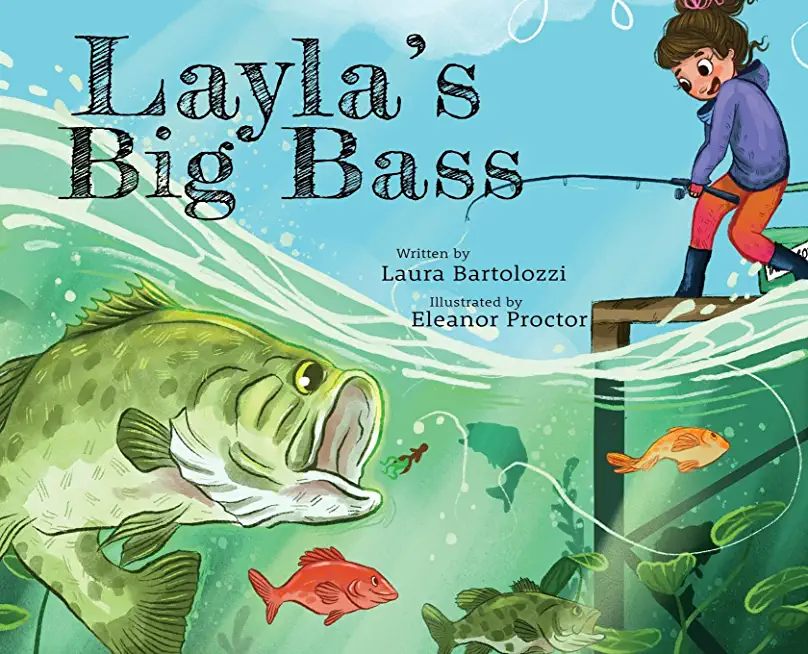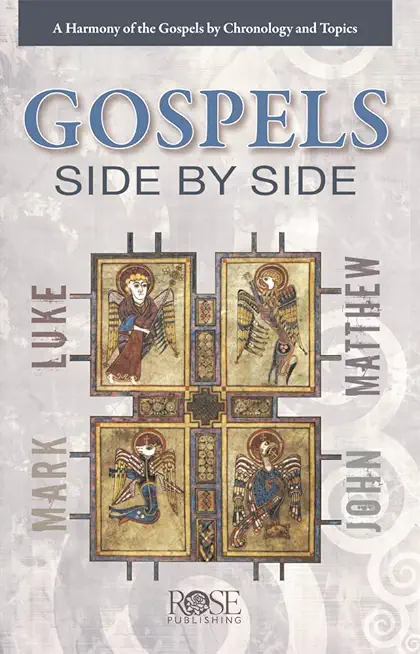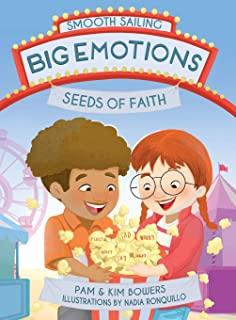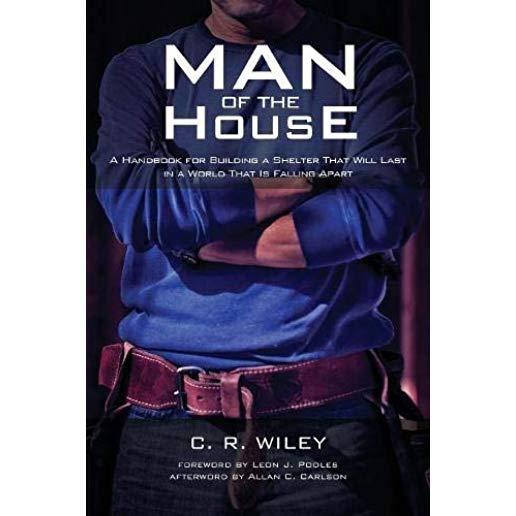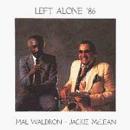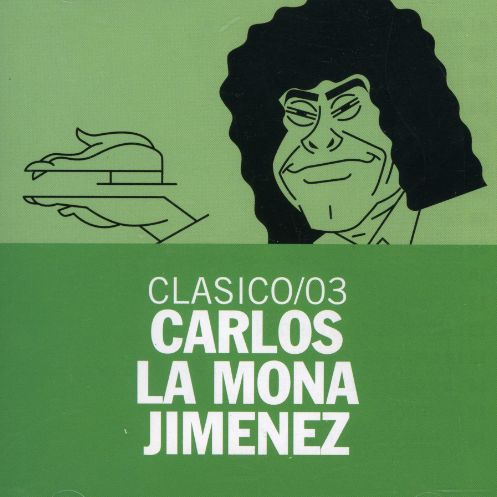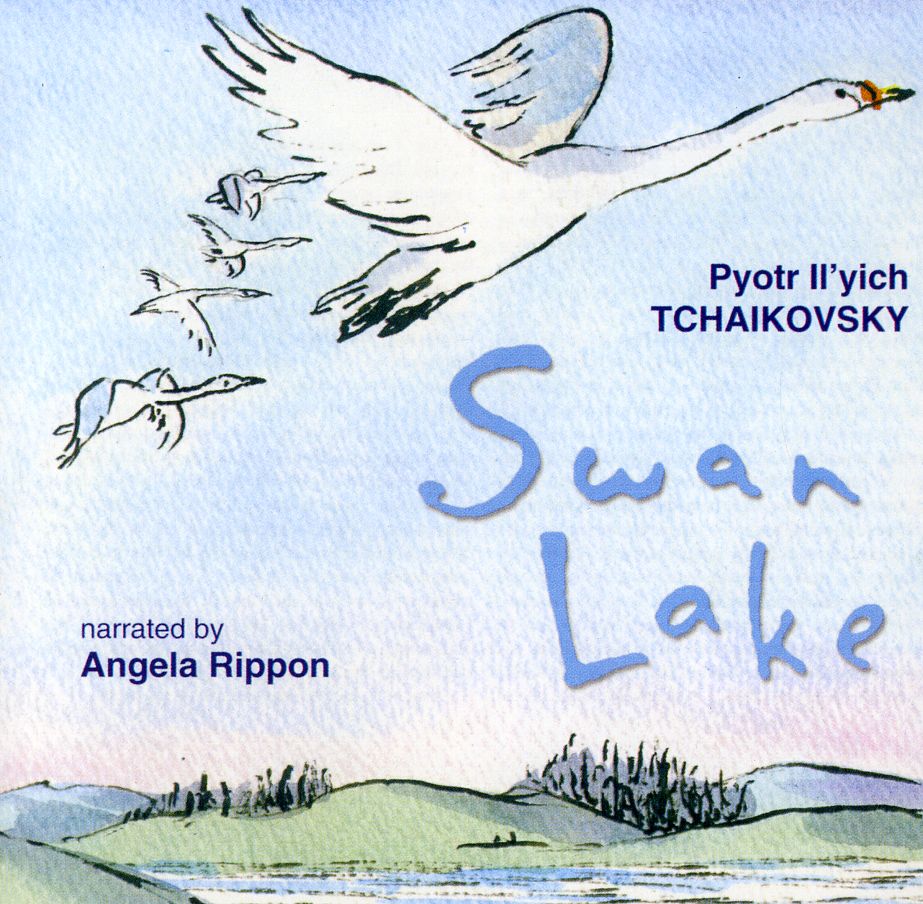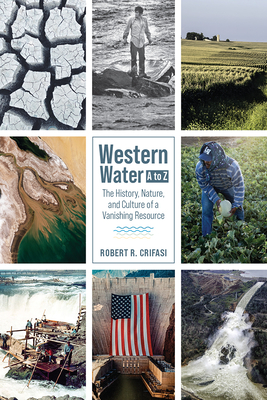
Crifasi, Robert R.
product information
description
irst ever field guide to Western water. Reinventing this twentieth-century genre for a twenty-first-century audience, Robert R. Crifasi answers questions about rivers, water projects, the culture of water, the ecosystems water projects have created or destroyed, and the reliance of cities, farms, and industries on this critical resource. Organized as a collection of terms, the book addresses the most salient water issues and provides helpful background information regarding their origins and implications. Photographs serve a vital role in the cultural dialogue on water and stand as an equal partner to the text. Each subject is covered in about one page and is accompanied by one or two striking images from famous photographers like Margaret Bourke-White, Carleton E. Watkins, Arthur Rothstein, William Henry Jackson, and Dorothea Lang as well as Crifasi's own work. Water often finds itself at the center of our cultural discourse in art, cinema, and literature, which play essential roles in shaping our understanding and experience of Western water. Crifasi also engages personalities that are nearly synonymous with Western water--John Wesley Powell, Elwood Mead, and Floyd Dominy, among others--to show how their lives intertwined with and often influenced the course of water development across the region. Travelers, adventurers, students, and anyone interested in water will find Western Water A to Z a handy and entertaining reference guide.
member goods
No member items were found under this heading.
Return Policy
All sales are final
Shipping
No special shipping considerations available.
Shipping fees determined at checkout.
